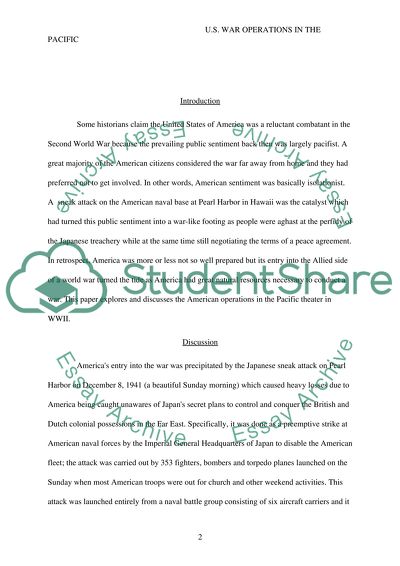Cite this document
(“US War Operations in the Pacific Theater Essay Example | Topics and Well Written Essays - 1250 words”, n.d.)
Retrieved from https://studentshare.org/history/1435461-1-describe-the-united-states-operations-in-the-pacific-theater
Retrieved from https://studentshare.org/history/1435461-1-describe-the-united-states-operations-in-the-pacific-theater
(US War Operations in the Pacific Theater Essay Example | Topics and Well Written Essays - 1250 Words)
https://studentshare.org/history/1435461-1-describe-the-united-states-operations-in-the-pacific-theater.
https://studentshare.org/history/1435461-1-describe-the-united-states-operations-in-the-pacific-theater.
“US War Operations in the Pacific Theater Essay Example | Topics and Well Written Essays - 1250 Words”, n.d. https://studentshare.org/history/1435461-1-describe-the-united-states-operations-in-the-pacific-theater.


